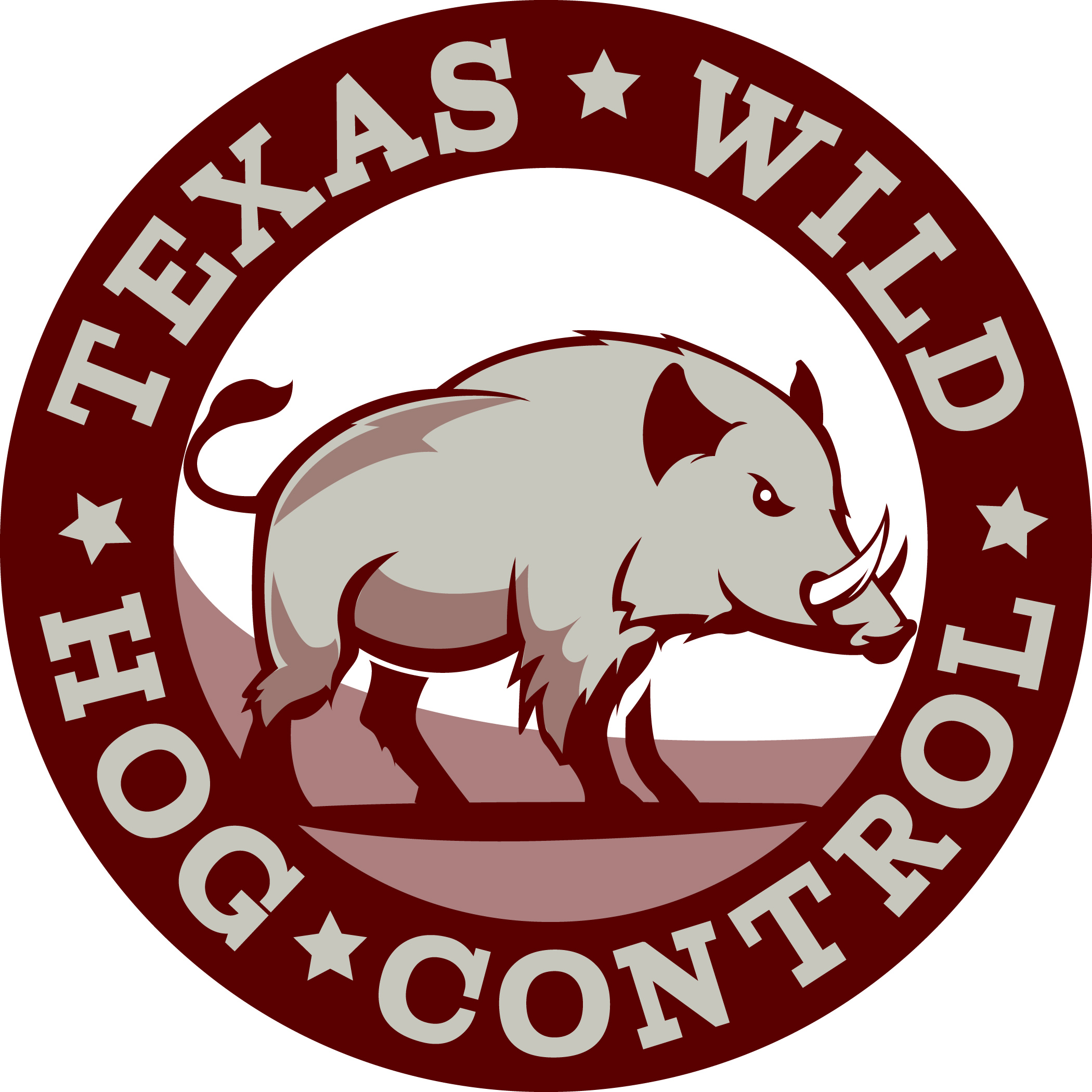
Get matched with top animal removal specialists in Hearne, TX
Enter your ZIP and get matched with up to 5 pros
Need a pro for your animal removal project in Hearne, TX?
Verified Reviews for Animal Removal pros in Hearne, TX
*The Angi rating for Animal Removal companies in Hearne, TX is a rating based on verified reviews from our community of homeowners who have used these pros to meet their Animal Removal needs.
*The HomeAdvisor rating for Animal Removal companies in Hearne, TX is a rating based on verified reviews from our community of homeowners who have used these pros to meet their Animal Removal needs.
Last update on December 02, 2025
Find Animal removal specialists in Hearne

TEXAS WILD HOG CONTROL
TEXAS WILD HOG CONTROL
Texas Wild Hog Control is fully insured and was established to assist federal and state agencies, counties, Mud Districts, HOAs, school districts, corporations, and private residences with feral hog removal. We are experienced wildlife control experts using the most state-of-the-art trapping methods and tools available on the market. The destructive nature and potential for spreading disease make the feral hog a considerable liability to us, agriculture and livestock. Texas Wild Hog Control was established in 2018 by Edward Dickey who saw a desperate need in protecting not only agriculture but native wildlife in Texas. Edward grew up hunting and trapping on the Gulf Coastal Plains of Texas with his father and worked for a hunting guide service as a teenager. He is an expert with over 35 years of experience dealing with native wildlife and invasive species such as wild hogs.
Texas Wild Hog Control is fully insured and was established to assist federal and state agencies, counties, Mud Districts, HOAs, school districts, corporations, and private residences with feral hog removal. We are experienced wildlife control experts using the most state-of-the-art trapping methods and tools available on the market. The destructive nature and potential for spreading disease make the feral hog a considerable liability to us, agriculture and livestock. Texas Wild Hog Control was established in 2018 by Edward Dickey who saw a desperate need in protecting not only agriculture but native wildlife in Texas. Edward grew up hunting and trapping on the Gulf Coastal Plains of Texas with his father and worked for a hunting guide service as a teenager. He is an expert with over 35 years of experience dealing with native wildlife and invasive species such as wild hogs.

Nature's Own Pest & Lawn Services
Nature's Own Pest & Lawn Services
Nature's Own Pest & Lawn Services is one of the fastest growing Pest Control Companies in Texas. Our fast growth can be attributed to our attention to detail. We strive for excellence in customer service.
"Excellent! Marcello was timely, professional and courteous. He worked diligently to solve the problem. Mable navigated the service calls flawlessly. Always helpful and accommodating. Nature's Own did an excellent job from beginning to completion of our goal."
Denise O on July 2022
Nature's Own Pest & Lawn Services is one of the fastest growing Pest Control Companies in Texas. Our fast growth can be attributed to our attention to detail. We strive for excellence in customer service.
"Excellent! Marcello was timely, professional and courteous. He worked diligently to solve the problem. Mable navigated the service calls flawlessly. Always helpful and accommodating. Nature's Own did an excellent job from beginning to completion of our goal."
Denise O on July 2022
Wellborn Road Veterinary Medical Center
Wellborn Road Veterinary Medical Center
Additional contact names - Johan Nieuwoudt, Karri McCreary, Rachel Hibbitts.
Additional contact names - Johan Nieuwoudt, Karri McCreary, Rachel Hibbitts.
The Hearne, TX homeowners’ guide to animal removal services
From average costs to expert advice, get all the answers you need to get your job done.

Your skunk removal cost will depend on several factors, including type, location, and more. Our guide will cover everything you need to know about skunk removal costs.

While moles eat termites, ants, and more, they can still be a nuisance. Learn yard mole removal costs, including humane options to decide what’s right for you.

Squirrel removal costs vary depending on the location, removal techniques, and any follow-up. This guide will help you budget for quick and safe eradication.

Want to get rid of a bird’s nest on or around your home? Learn what your options are to remove an old inactive nest near your property.

Learn how to get rid of skunk smells—or at least subdue the stench—with some quick action, simple household ingredients, and a bit of effort.

If you want to trap a fox, you need the perfect bait. Here’s everything you need to know about the best bait for fox traps and their preferred use cases.
- Bryan, TX Animal removal specialists
- Cross Roads, TX Animal removal specialists
- Cameron, TX Animal removal specialists
- Caldwell, TX Animal removal specialists
- College Station, TX Animal removal specialists
- Rosebud, TX Animal removal specialists
- Rockdale, TX Animal removal specialists
- Lott, TX Animal removal specialists
- Marlin, TX Animal removal specialists
- Somerville, TX Animal removal specialists
- Rogers, TX Animal removal specialists
- Thorndale, TX Animal removal specialists
- Anderson, TX Animal removal specialists
- Navasota, TX Animal removal specialists
- Riesel, TX Animal removal specialists
- Thrall, TX Animal removal specialists
- Little River Academy, TX Animal removal specialists
- Groesbeck, TX Animal removal specialists
- Lexington, TX Animal removal specialists
- Plumbing in Hearne
- Electrical in Hearne
- Fencing in Hearne
- Kitchen And Bath Remodeling in Hearne
- Exterior Painting in Hearne
- Tree Service in Hearne
- Home Builders in Hearne
- Mailbox Repair in Hearne
- Cleaning in Hearne
- Excavating in Hearne
- Contractor in Hearne
- Septic Tank in Hearne
- Landscaping in Hearne
- Garage Doors in Hearne
- Handyman Service in Hearne
- Locksmiths in Hearne
- Garbage Collection in Hearne
- Painting in Hearne
- Concrete Repair in Hearne
- Air Duct Cleaning in Hearne
- Mold Testing And Remediation in Hearne
- Insulation in Hearne
- Pressure Washing in Hearne
- Epoxy Flooring in Hearne
- Swimming Pools in Hearne
- Deck Maintenance in Hearne
- Sunroom And Patio Remodeling in Hearne
- Welding in Hearne
- Lawn Mower Repair in Hearne
- Land Surveying in Hearne
- 🌱 "Mow a small front yard"
- 🛠 "Fix a leaking pipe under the sink"
- 🏠 "Repair shingles on an asphalt roof"

